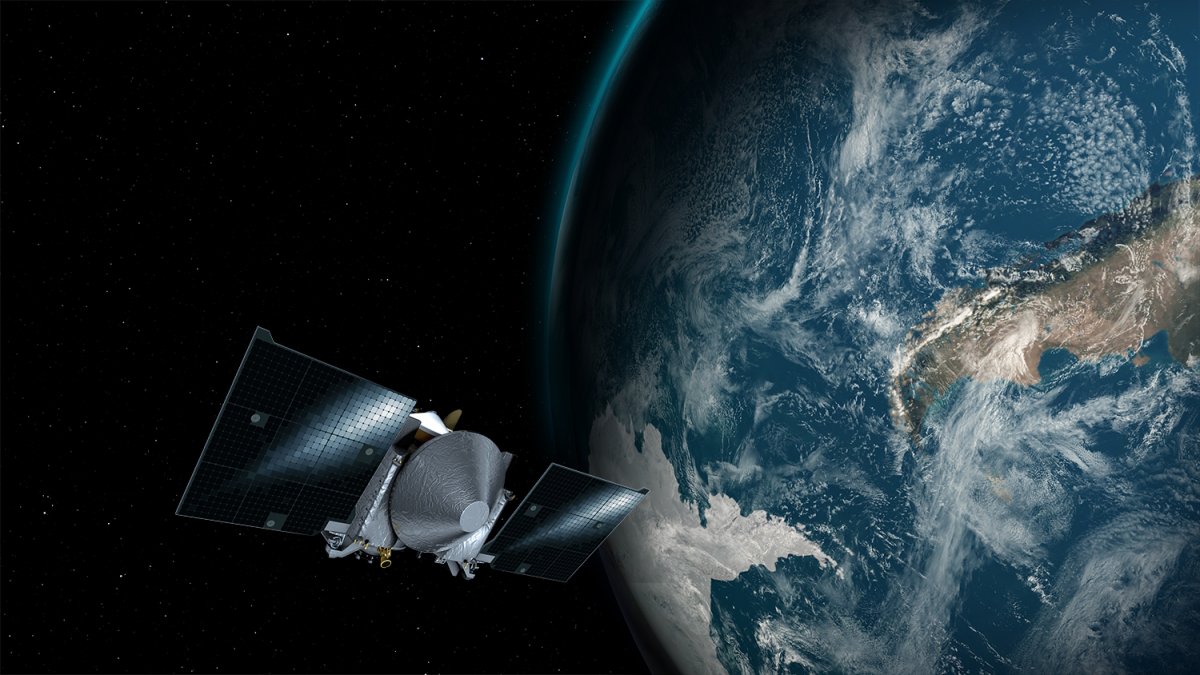Not only did NASA's Osiris-Apex probe survive its first approach to the sun in one piece, but one instrument has worked significantly better since then, and a trapped stone appears to have disappeared from another instrument. The US space agency has now made this known and has come to a more positive conclusion about the so-called perihelion – that is, the 5th point of the orbit closest to the Sun – than had been hoped. After all, the redesigned asteroid probe was never designed to approach within 75 million kilometers of the Sun. Before the start of the mission, only a minimum range of 115 million kilometers was planned.
advertisement
Two instruments were “repaired” at once
As NASA reminds us, after the flyby shortly after the start of the year, people were already optimistic that everything had gone well. In March, the probe sent back telemetry data confirming this, and after another month, the distance from the Sun was great enough to resume normal work. During subsequent inspections, the MAPCAM was found to have 70 percent fewer “hot pixels” than before the flight. This means that far fewer pixels remain white. One can only guess the reason for the self-healing, but officials assume that a repair effect has appeared, which occurs precisely through so-called softening.
In addition, officials determined that an obstruction that appeared to have been stuck in the calibration element of the Osiris Apex spectrometer prior to the flight had disappeared. It's likely a small stone that has been stuck there on asteroid Bennu since the sample was taken. The problem may have been resolved by subsequent maneuvers and when the engines were activated. This means that the probe appears to be in significantly better condition after its first perihelion than before. In order to protect the probe, it adopted a fixed orientation towards the sun and protected particularly sensitive parts behind one of its solar sails. So you can be optimistic before the next five flights.
The current approach to the Sun was not part of the original mission, as Osiris Apex (then still called Osiris Rex) visited Bennu and brought a rock sample back to Earth from there. Since it completed that, it has been on its way to the near-Earth asteroid Apophis. The relatively close trip around the sun was the first of several by which the probe would determine its path to the celestial body. As explorer of Osiris-Apophis (Osiris Apex) must search for the changes that Apophis will undergo when it passes by Earth in 2029. After its discovery in 2004, it was temporarily considered a danger to our home planet. But now we know he will keep a safe distance.
(meh)

“Total coffee aficionado. Travel buff. Music ninja. Bacon nerd. Beeraholic.”








More Stories
Coral Seeding: Artificial Insemination Makes Coral More Heat Tolerant
Fear, Anger, and Denial: How People Respond to Climate Change – Research
LKH Graz: Using radiation to combat heart arrhythmias